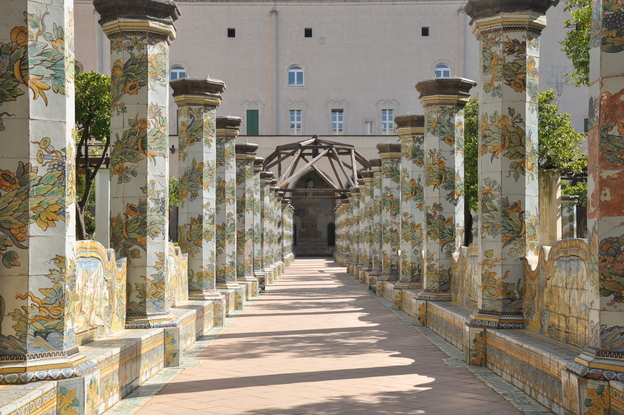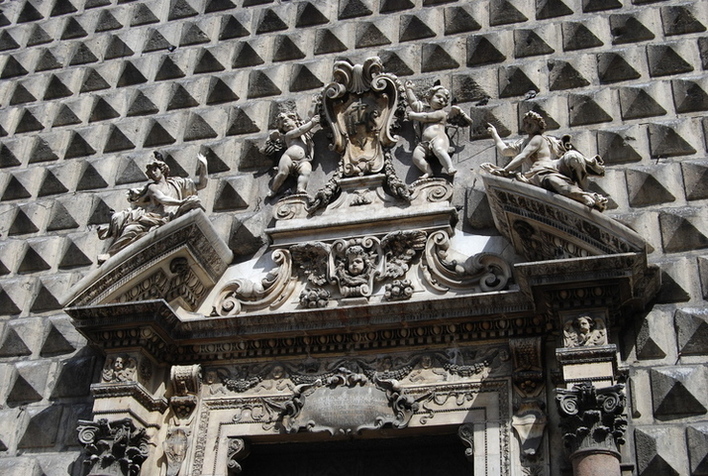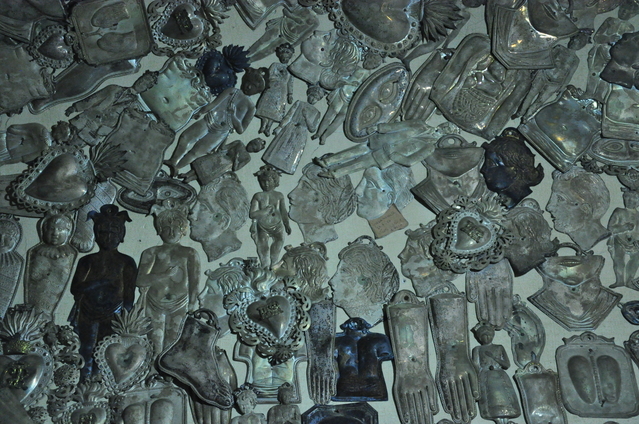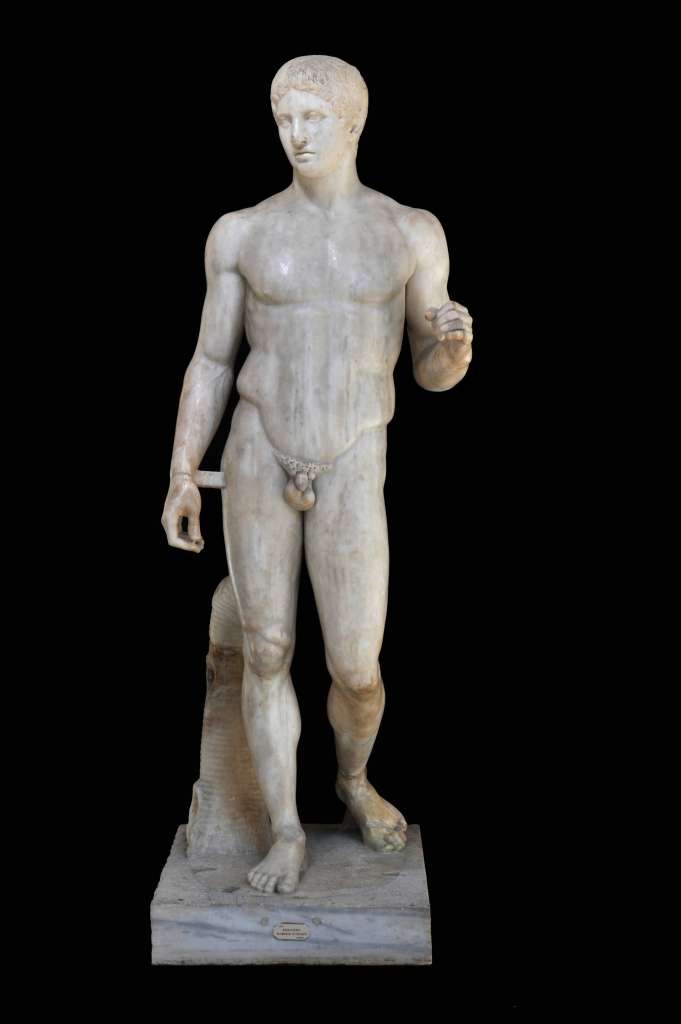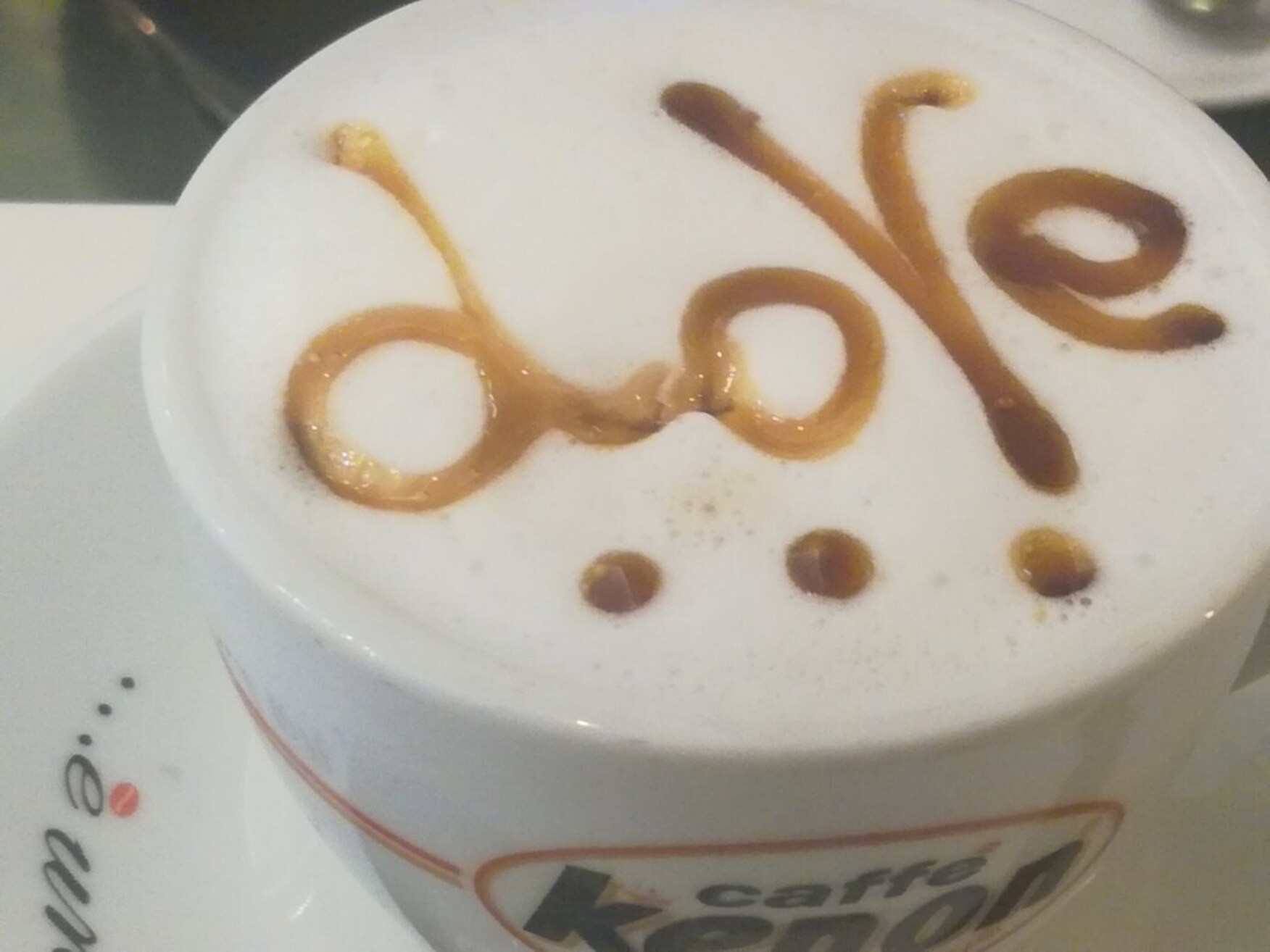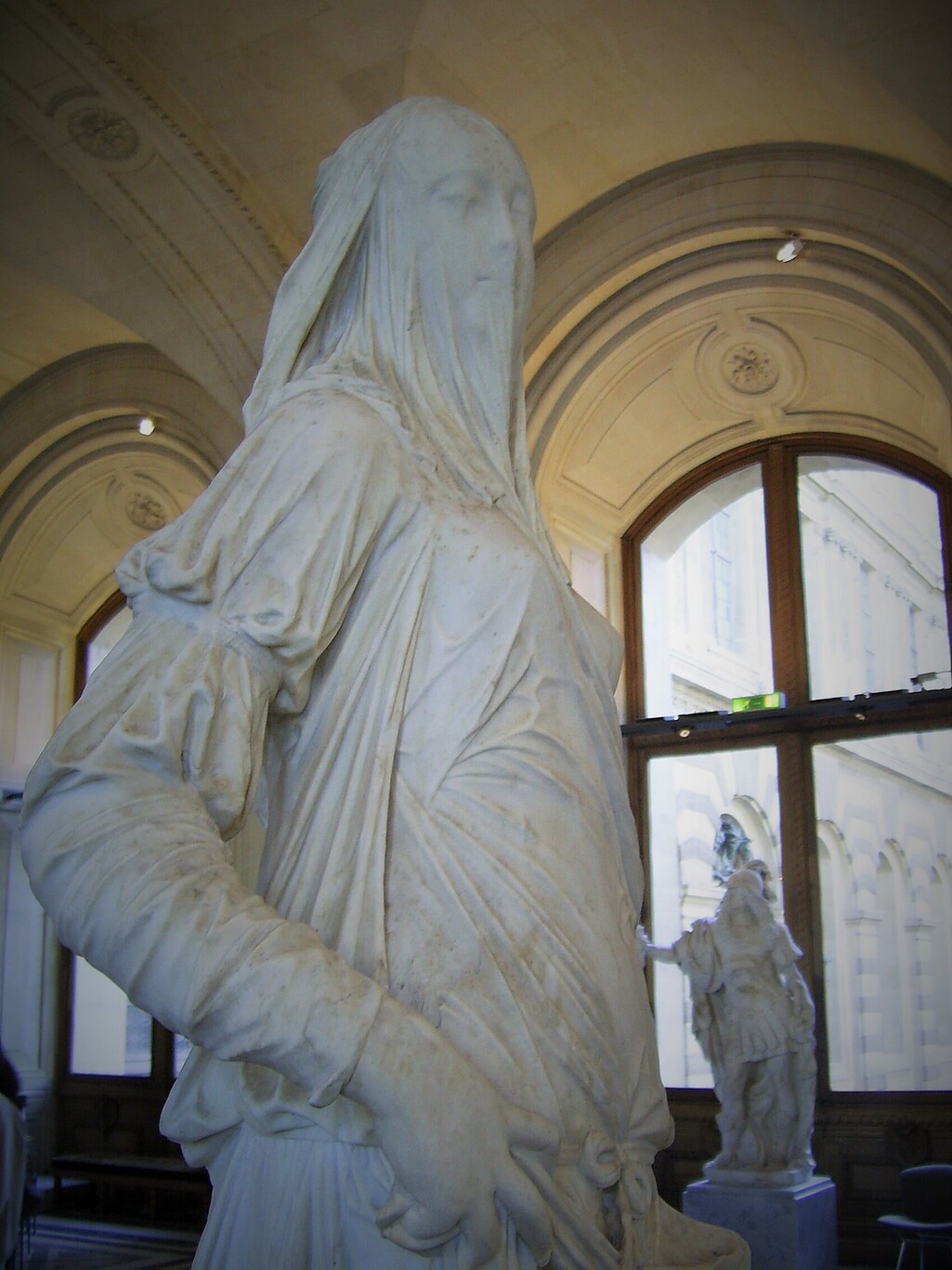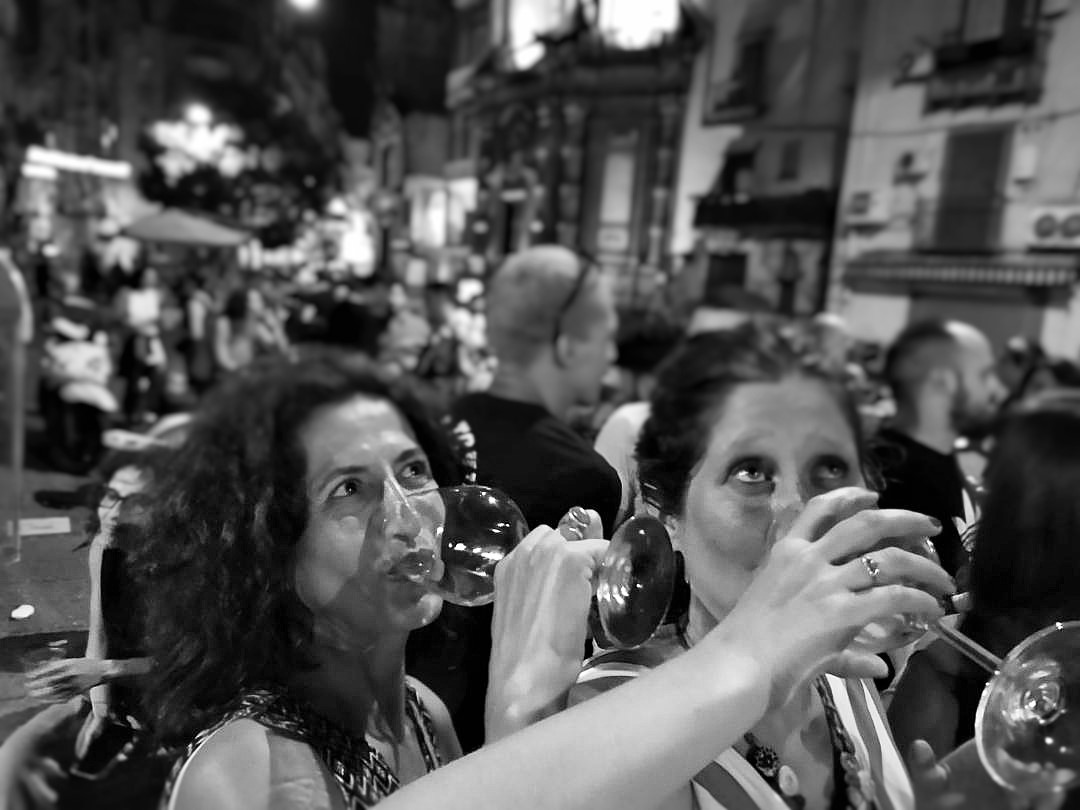Alice: Are Caravaggio, Fontanelle Cemetery, Palazzo dello Spagnolo, the Gaiola beach and the terrace of the Excelsior hotel fabulous?
Fiorella: Oh yes!
Alice: So, if I have understood correctly, the following will make your time in Napoli FABULOUS:
5 Fabulous Things of Naples
PIO MONTE DELLA MISERICORDIA – CARAVAGGIO

You are feeling charged with energy as you cross via Duomo after your coffee with a heart drizzled in hazelnut of their specialty caffè schiumato at Bar Max. The scooters whiz past you but you aren’t fazed-you are about to see one of the most important works of Michelangelo Merisi, better known as Caravaggio.
You walk on the cobblestone and at the end of the stretch of Via Dei Tribunali is Castel Capuano (which was converted into a tribunal in the 16th century, where it got its name) but you don’t really pay attention. You are enchanted by the guglia di San Gennaro a baroque spire built by Cosimo Fanzago after Vesuvius eruption in 1631. The colorful painting on your left catches your eye. Could that be Caravaggio himself with one leg on a supersantos football next to San Gennaro worried instead for the unemployed Neapolitans? In this work by Roxy in the Box two heroes with a very different way of dressing are now friends.

Caravaggio was running from the law after being charged with murder in Rome but the Governors of the Pio Monte di Misericordia didn’t seem to mind. They paid him a hefty sum for Our Lady of Mercy (also known as the Seven Works of Mercy) which has now become one of the most visited artworks in Naples
Alice: You can’t take your eyes of the spectacle: realism depicted in this work is nothing short of amazing.
Fiorella: In his canvas, Caravaggio had to depict the inspirational principles of the Pio Monte and he did this by combining them in a single scene full of real characters creating the impression of a typical Neapolitan back street. The protagonists are worldly beings, highlighted by a strong light and foreshortened by shadow. The work of the Institute is narrated by figures from classical and Biblical sources together with the common people Caravaggio chose as models.
Fiorella: I want to show you something else fabulous to the painting gallery upstairs where from the little choir we can admire the Seven works of Mercy and from the window the guglia di San Gennaro
Alice: Walking out of the Pio Monte you are dazed as if you had just seen one of the best theatrical performances.
(Fiorella: Weren’t you in a live performance of this painting at the Gino Ramaglia art shop a few years back?
Alice: Yes, but I won’t tell you which character I represented! But, it was…FABULOUS.)
The street brings you back to life with the smells of pizza being cooked in a nearby brick oven. You are hungry but you stay with the dream but you are an adventurer and you have other things to uncover.
CIMITERO DELLE FONTANELLE
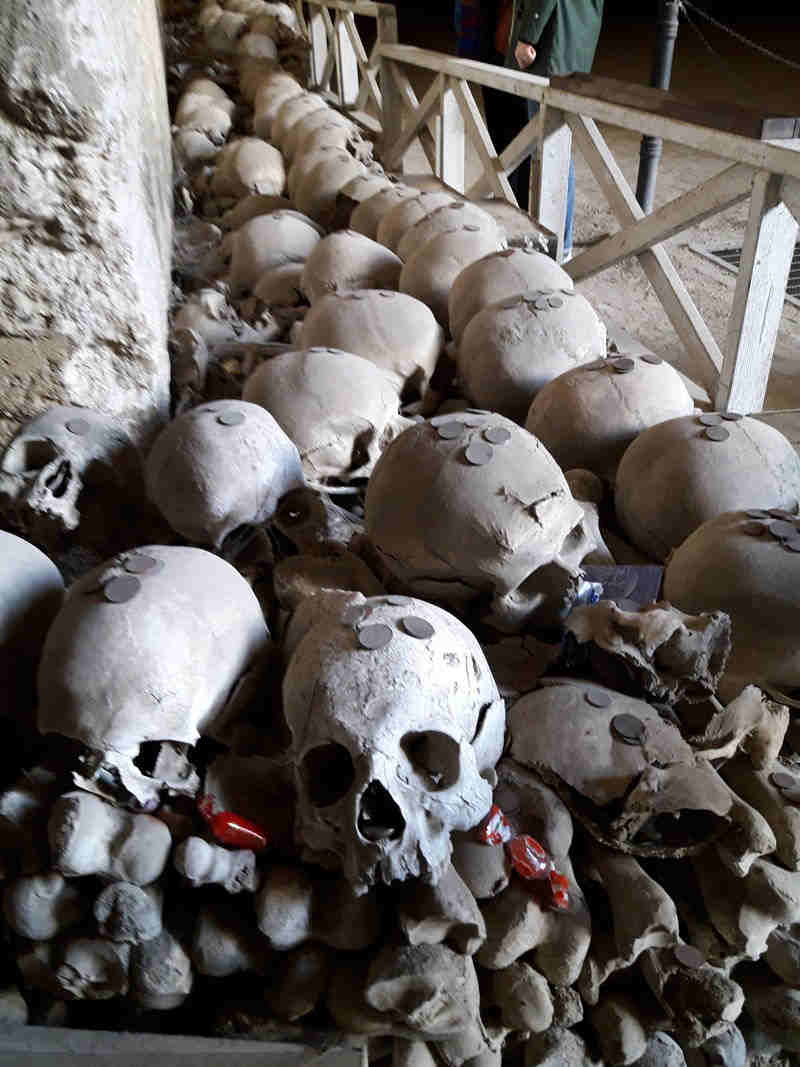
One thing you know to be FABULOUS is the experience of being in places which aren’t so easily explained. The electricity of the Caravaggio has left you seeking the unexpected. You’ve eaten a Fiocco di Neve at Poppella whose light, airy ricotta cream has prepared you for the excursion to a cemetery. This is no ordinary cemetery; the place, cool all year with ceilings looming with spectacle. You think to yourself “how macabre, how dark” but you want to know more. Stepping into the cave which has acted as a cemetery vault for three hundred and fifty years, you feel like you are entering another dimension. Although the bones and shallow graves are of unknown people, there is nothing anonymous about this place. Candles are lit as if family members are showing devotion to the remains of their beloveds long before passed. Devotion: a word that can be used to describe Neapolitans in their love for their football team, the sea, pizza and Totò. Devotion can also be used to describe the practice of “adopting” bones of unknown human remains in this ossuary made of tuff. Although abolished in 1969, the seemingly maintained alters to skulls with no names might indicate otherwise. And was that a Barbie doll laying prettily in front of one of the piles of bones? You pause to think of all that has come before, of the reasons behind this practice. You pause again because your stomach has started to rumble, almost audible among all the people murmuring about the spectacle. Though you might feel a little strange about the timing, being that you are surrounded by bones, dolls, bus tickets and coins to pay the trip to the afterworld, all you can think about is pizza. On the way to this marvelous haven of Neapolitan folklore, you passed Concettina ai Tre Santi and can’t get the delicious smell of warm fior di latte and bubbling tomatoes sauce out of your head. And, hey, this is FABULOUS Naples, the city of light and dark. This contrast between life and death, old Barbies and pizza, is what makes this city unforgettable.
Alice: I heard there is a fabulous palace around here that has been a set for many TV shows and films.
Fiorella: Nothing fabulous ever escapes you! Oh yes, you have to see the staircase of Palazzo dello Spagnolo! Let’s go.
PALAZZO DELLO SPAGNOLO
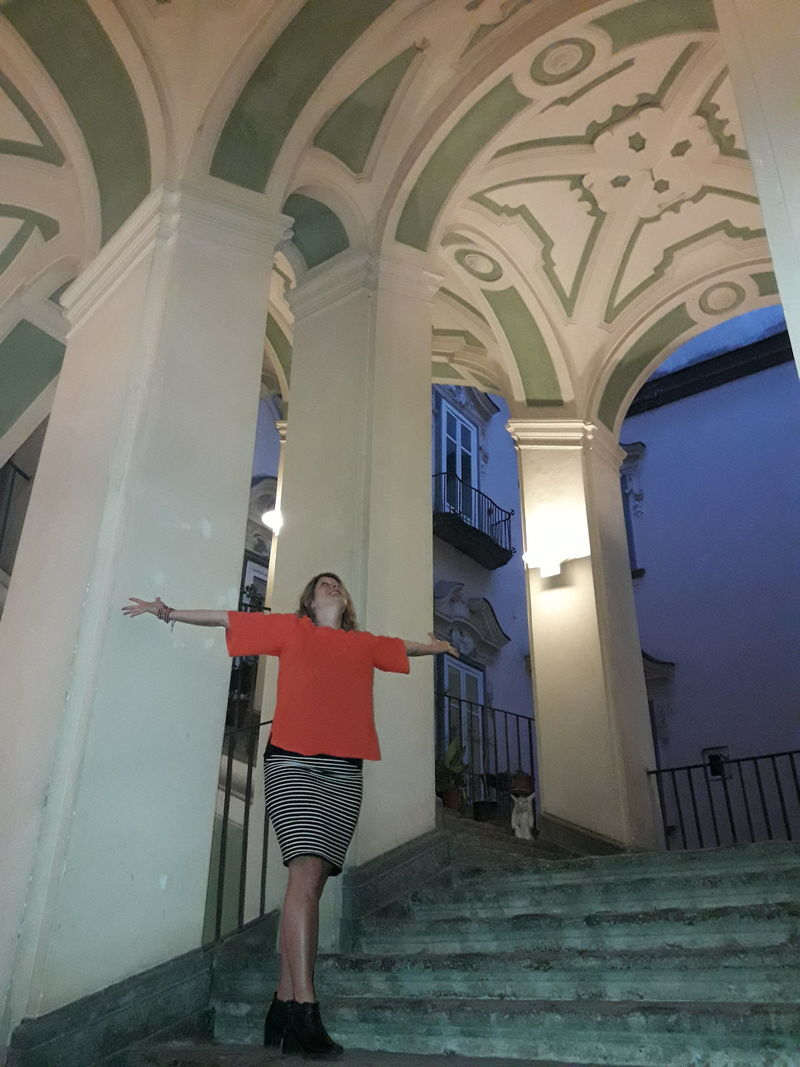
You are looking for something decadent and elegant after the mystery of Cimitero delle Fontanelle and find it in this late-Baroque-style private residence known for its double ramp staircase. The Palace was started by architect Fedinando Sanflice in 1738 for the Marchese Nicola Moscati. The interior is a soft, stuccoed, eclectic, complex and fabulous scenography. Why is it called the Spaniard (lo Spagnolo)? Because part of it was sold to the nobleman Tommaso Atienza who called it Lo Spagnolo. Even if in the 19th century it was bought by the Costa family, it has maintained its name. You try to pronounce it and revel in your tenacity of pronouncing such a beautiful name. You love those Italian vowels!
You remember that building with a similar staircase we saw on the way to Lo Spagnolo, looking spookily similar to Palazzo dello Spagnolo. Ten years before Sanfelice started on this marvel, he had already built his own palazzo in the same area. His peculiar courtyard and staircase are rundown and it’s quite sad to read above the entrance: Ferdinando Sanfelice patrizio napoletano, per la straordinaria salubrità del luogo, costrui questa casa dalle fondamenta. Fu lui il progettista, curatore e proprietario dell’opera. Anno del Salvatore 1728.(Ferdinando Sanfelice Patrician of Naples, for the extraordinary healthiness of the place, built this house from the ground up. He was the designer, curator and owner of the work. Year of the Saviour 1728) After all of this history, you decide to grab a glass of wine at one of the great vinerias down below before heading to get a pizza at one of the best places in town. They let the dough rise for over a day and the fresh mozzarella and basil, some of the signature tastes of this city, are a perfect way to get to know this neighborhood full of life and excitement.

Alice: Fiorella, I know you know somewhere incredible to see the natural landscape of this enchanting place. Any ideas?
Fiorella: Yes! Naples can also be the place for a swim or simply a walk on the cliffs. Let’s go to FABULOUS Posillipo!
Alice: How to get there?
Fiorella: Taxi! Worth it for a ride to this “respite from worry” corner of paradise (Pausilypon in Greek is rest from pain)
GAIOLA
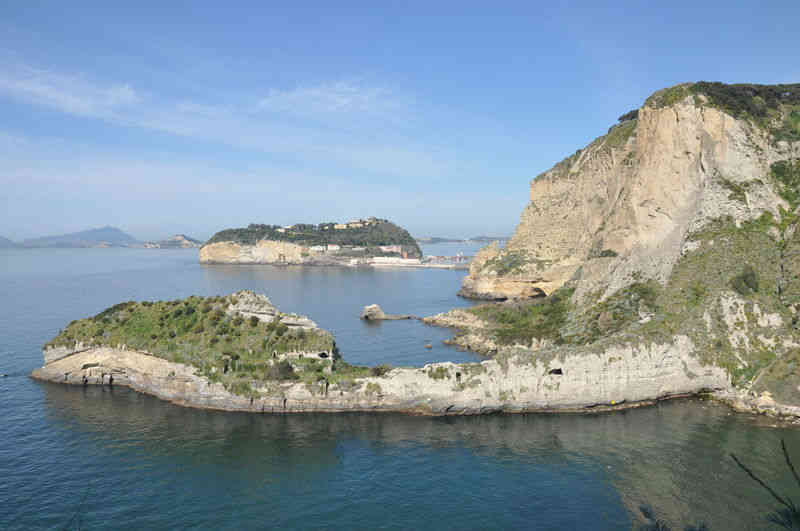
You are ready for some sea air, crystal waters and cliffs of Tuff. This is such an incredible change from being in the bustle of heart of the Sanita’. You find The Archaeological Park of Gaiola to be an unique combination of nature and archaeology in this busy city! Even though it is best to go early in the morning, you are so happy to be here in the afternoon. Because it is Summer you brought your ID as only 100 people are allowed to swim in this corner of Paradise. Here with a simple mask you see several species of fish, seaweed and the remains of opus reticolatum walls belonging to the villa of Publius Vedius Pollio. How incredible to see the nature of the sea and ancient history together? Where else can you do something like this? Born in the 1st century BC Vedius Pollio attained authority in Asia on behalf of Emperor Augustus and built his amazing estate called Pausilypon here. Known for his cruelty, he died in 15 BC and left his villa to Augustus. The Seiano cave, the Odeon and the theatre are only some of the ruins of this fabulous estate surrounded by tuff cliffs and vegetation. You look out to the water and wonder about the rest of it lying underwater. The unpredictable bradyseism has changed the sea level so we can only dream about the rest of the magic below. With Capri in front of you, embraced by Vesuvius and Capo Posillipo, you are not surprised that the Dutch painter Anton Sminck Pitloo started the School of Posillipo here . Pitloo and the other artists anticipated the French Impressionism in painting outdoors with natural lighting the marine shore and landscapes from this area. You had no idea this rich history of art existed in this ancient, breathtaking place. Oh how you love breathing in this adventure.
You have felt like you have had such a great day exploring the city and are ready to end your day with something… fabulous. It’s time to go to the Terrazza.
Fiorella: Alice, you really know how to live elegantly!
Alice: Would you expect anything else? I mean, this city knows how to wine and dine any kind of tourist but the Excelsior is one of the best places I know for a drink.
HOTEL EXCELSIOR-TERRAZZA BAR

This place got its name from its incredible terrace, which has views that stretch from Vesuvius to Posillipo. You feel like you are going back in time after walking onto the terrace. White, ornate furniture is placed among the jasmine flowers on the terrace which overlooks Castel dell’Ovo. The sun is beginning to set and the waiters are so kind and easy going that you decide to take a look around the bigger part of the terrace lined with flowers and plants. You could take a picture or rather one hundred but you prefer to take in the view of the pinks and oranges of the sky as you hear the sound of the seagulls over the water. People bustle below you as you sip your perfectly chilled glass of Falanghina as you reflect on your adventure. Here in this paradise overlooking this ancient bay, you can step away from all of the excitement to take in the beauty, the pure exquisiteness of this city that has left you forever enchanted.







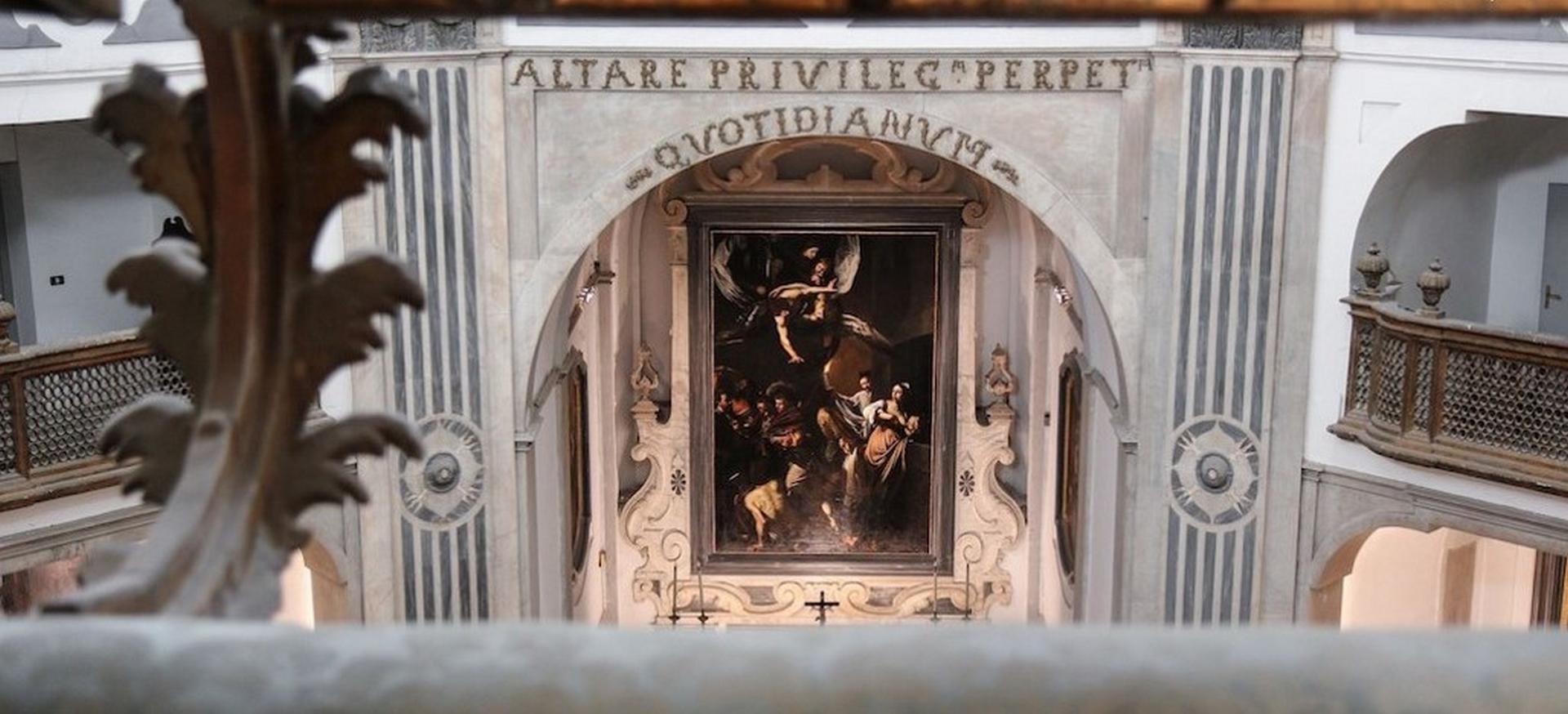







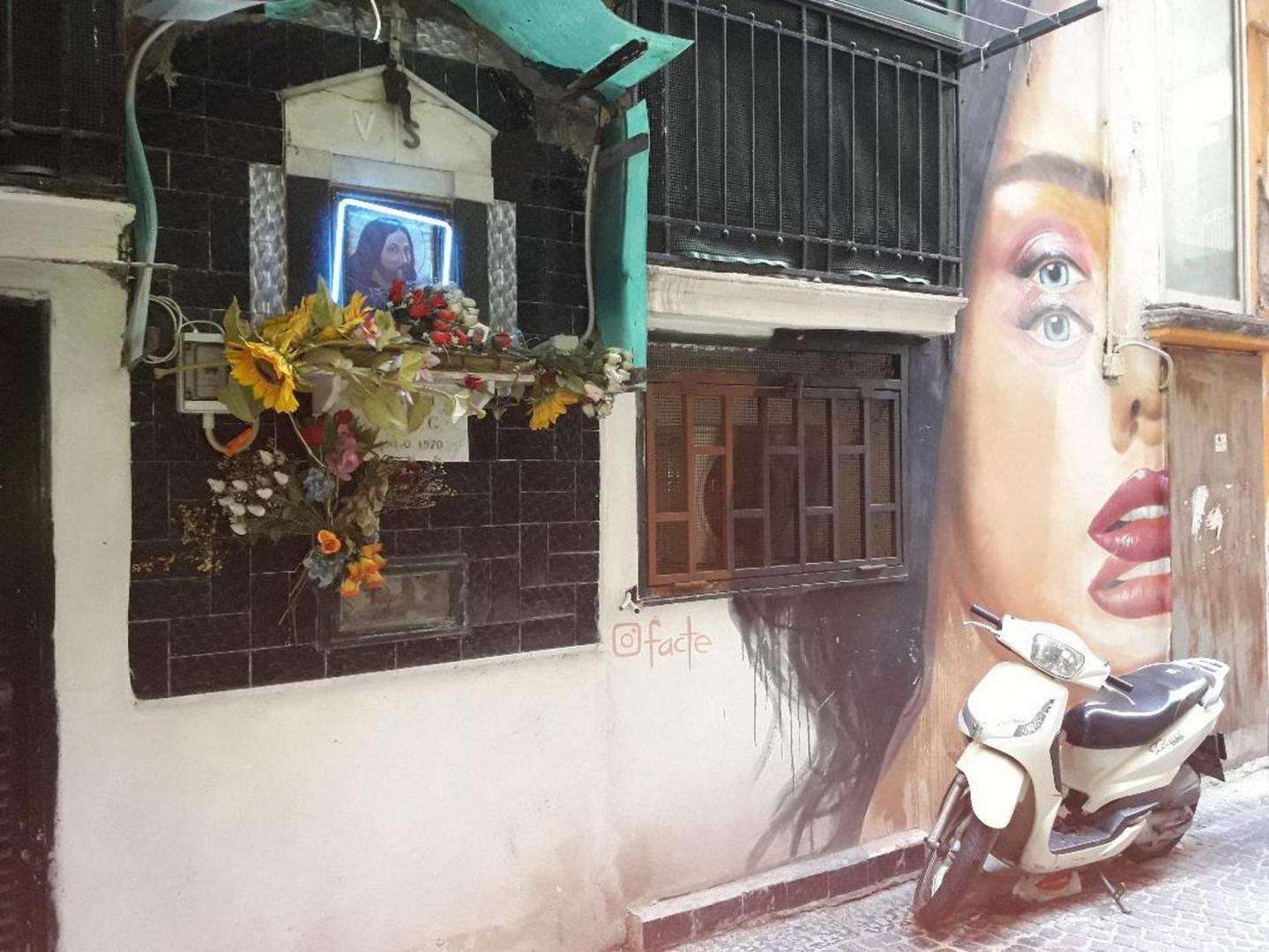



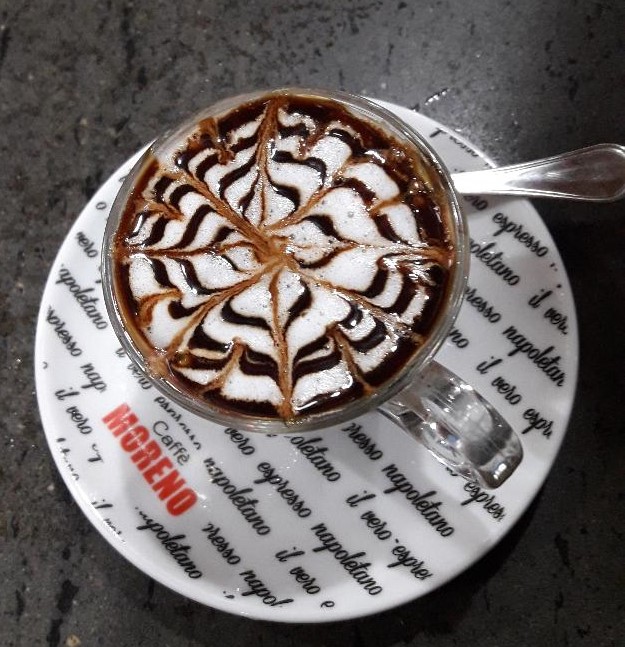










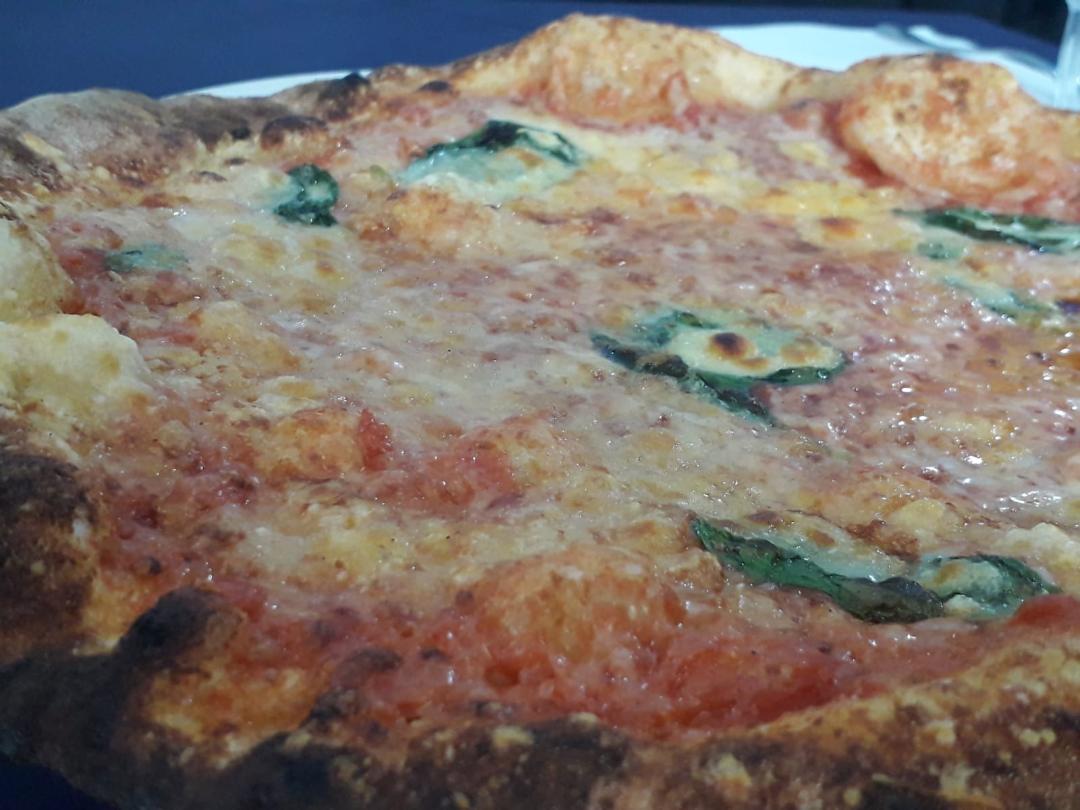













 Coroglio Beach
Coroglio Beach 

